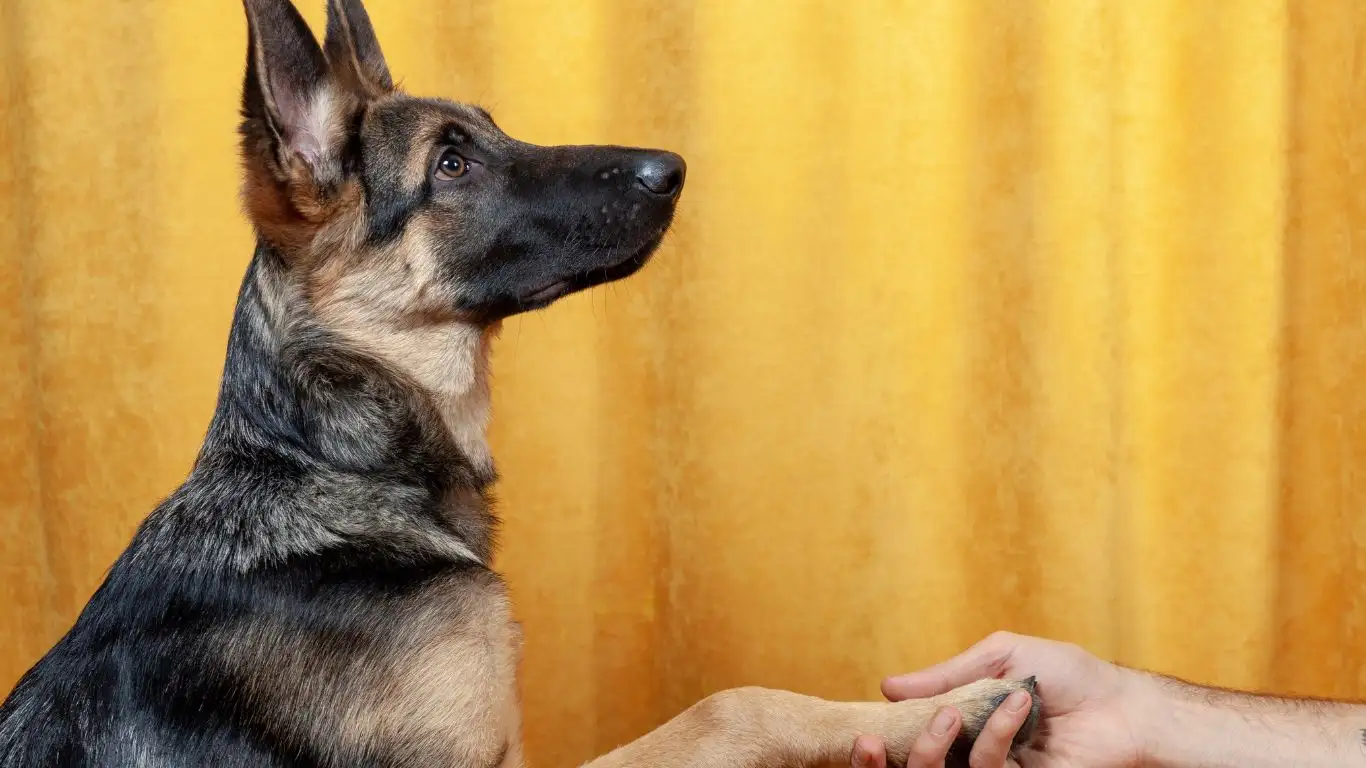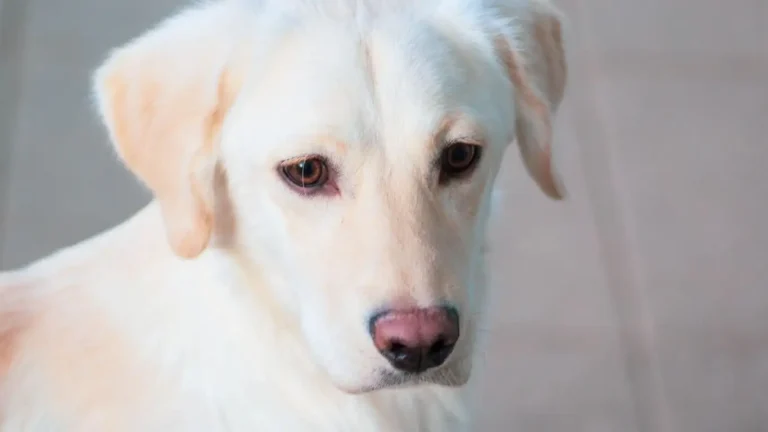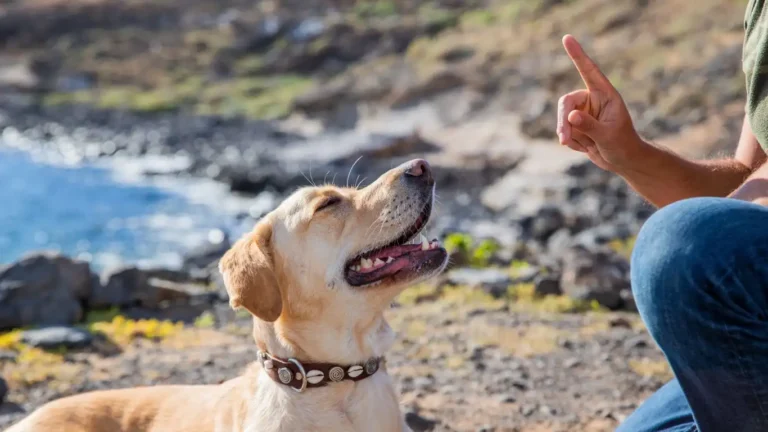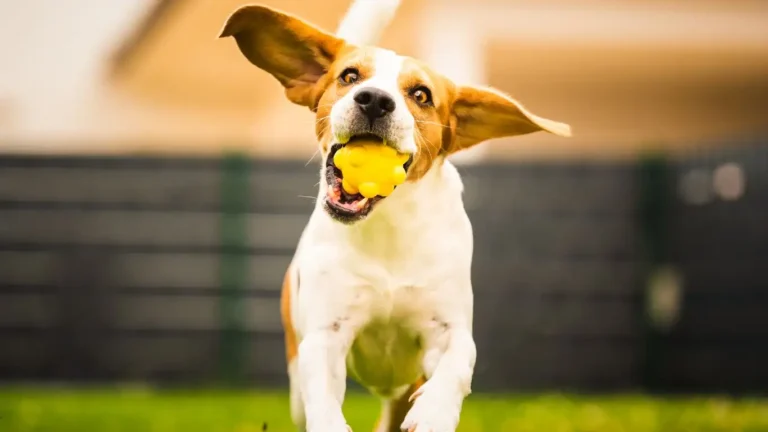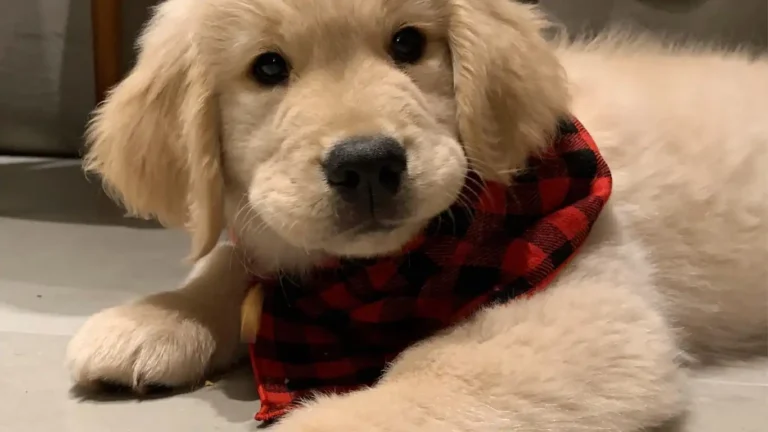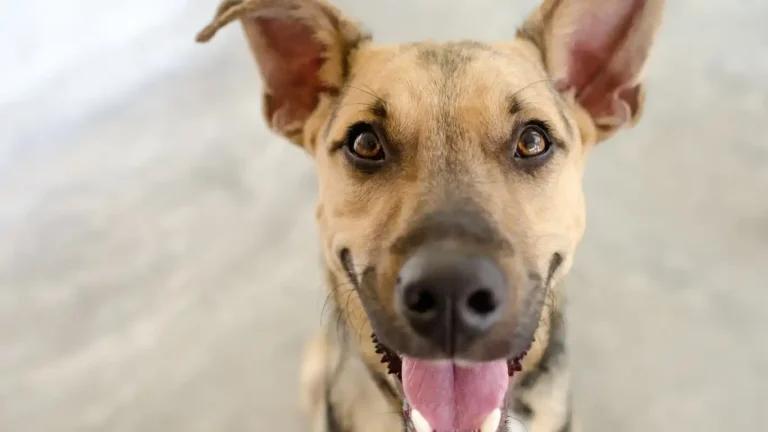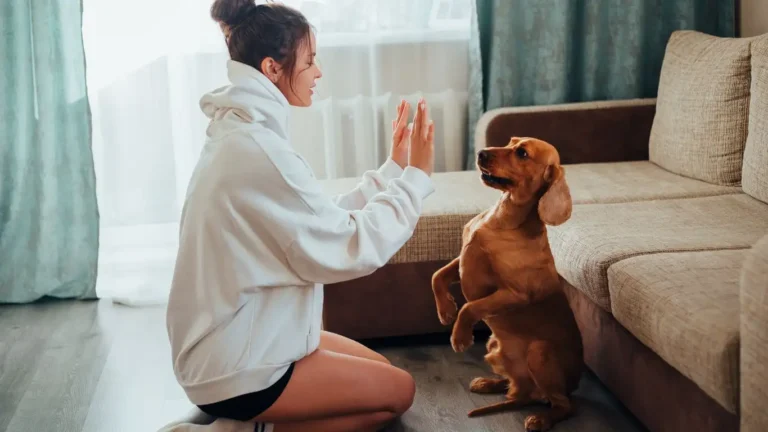Transform Cleaning Chaos: How to Train a Dog to Behave at Home
If you’ve ever tried to mop the floors while your dog thinks the mop is a chew toy or attempted to vacuum without your pup going into full-blown bark mode, then you already know the chaos that can unfold. So today, let’s talk about how to train a dog to behave during house cleaning — something I’ve had to coach dozens of dog owners through as a Canine-Assisted Therapy Trainer. It’s not just about peace and quiet while scrubbing the toilet — it’s about building trust, structure, and a calm routine that helps your dog feel safe even when things are buzzing, moving, and getting scrubbed top to bottom.
Why Cleaning Triggers Dogs (And Why It’s Totally Normal)
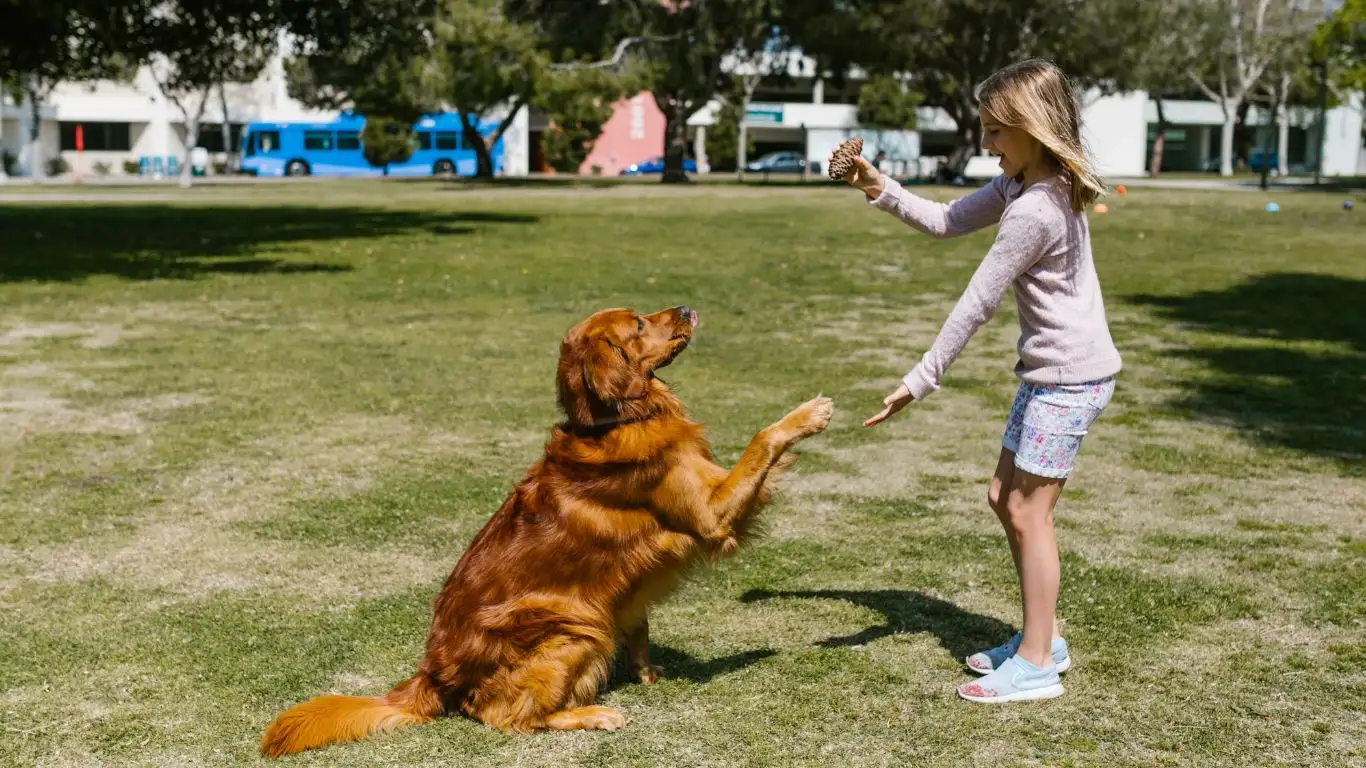
It’s easy to assume a dog “should just know” not to chase the broom or bark at the vacuum, but the truth is, most of our cleaning routines are weird from a canine perspective. Think about it: loud machines, strong smells, fast movements, and a human who seems distracted and focused on everything except them? That’s prime territory for anxious or hyper reactions.
Some dogs bark because they’re startled. Others herd the mop like it’s a sheep on the run. And then there are those that chew, chase, or get underfoot. It’s not misbehavior—it’s confusion. And a little training (and empathy) can go a long way.
Common Reactions Dogs Have During Cleaning
- Barking at vacuums, mops, or even spray bottles
- Chasing or lunging at cleaning tools
- Whining or pacing due to anxiety
- Trying to “help” by grabbing towels or paper rolls
Trust me—I’ve seen it all. One of my golden retrievers used to bark at the vacuum like it owed him money. But with a bit of positive redirection and patience, he now naps right through cleaning time.
Start With the Basics: Calm Exposure & Controlled Practice
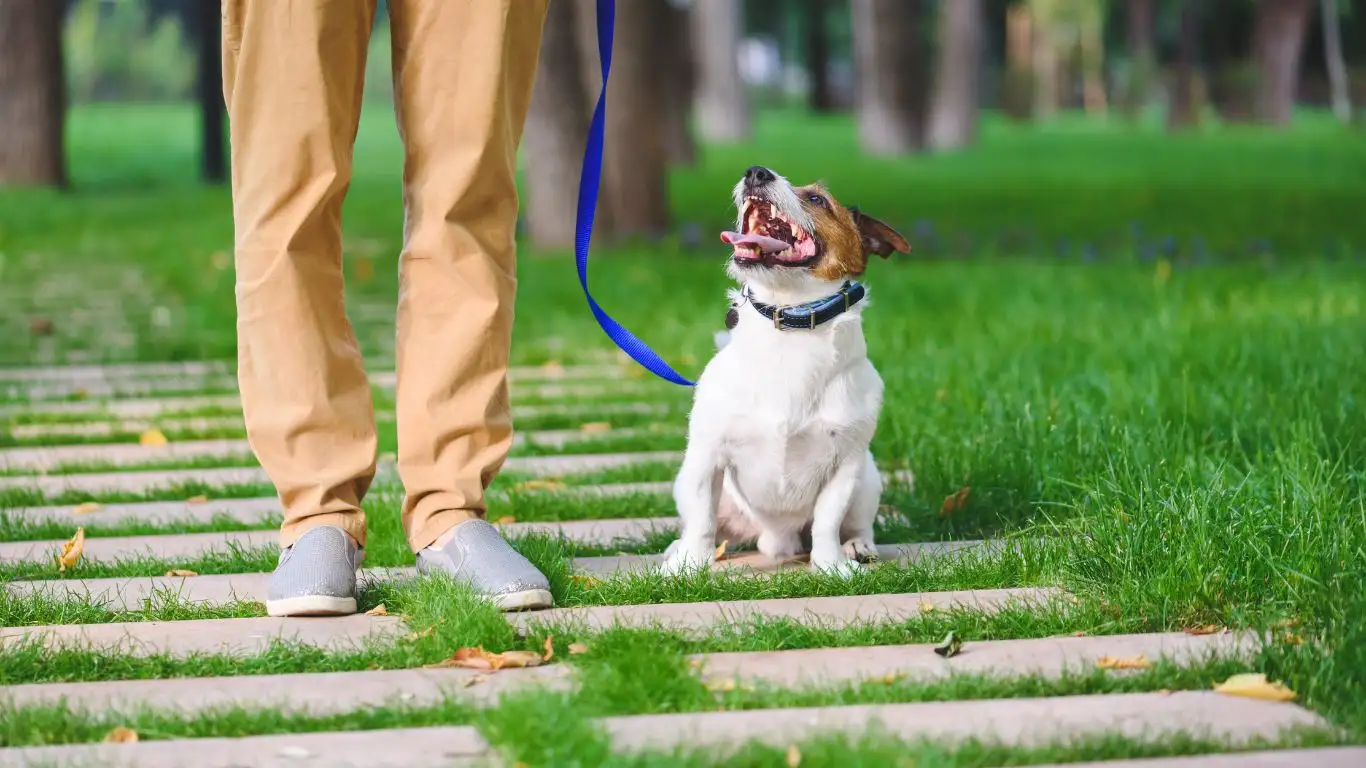
When I work with therapy dogs-in-training, one of the first things I emphasize is controlled exposure. That means giving your dog slow, calm opportunities to interact with household cleaning tools *before* you start a full-blown cleaning session.
Step-by-Step: Introducing Cleaning Tools Without Chaos
- Let them sniff the tools when they’re off and still. Lay the vacuum or mop on the ground and reward calm curiosity.
- Associate it with something positive. I keep high-value treats handy and praise relaxed behavior any time we’re around cleaning supplies.
- Start small. Turn the vacuum on for just a few seconds across the room while your dog is on a leash or in a relaxed stay. Then reward. Gradually increase duration and proximity.
- Use desensitization techniques. If a vacuum sets your dog off, play a vacuum sound at low volume while doing calm activities like chewing or snuggling.
During one training session, I worked with a nervous border collie named Rizzo who had a full meltdown every time her owner pulled out a broom. We did short sessions of just “broom on the floor, treat for chill behavior” for a few days. By the end of the week, she was calmly lying down next to it while we chatted over coffee. Simple, low-pressure exposure really does work wonders.
Creating a “Safe Zone” While You Clean
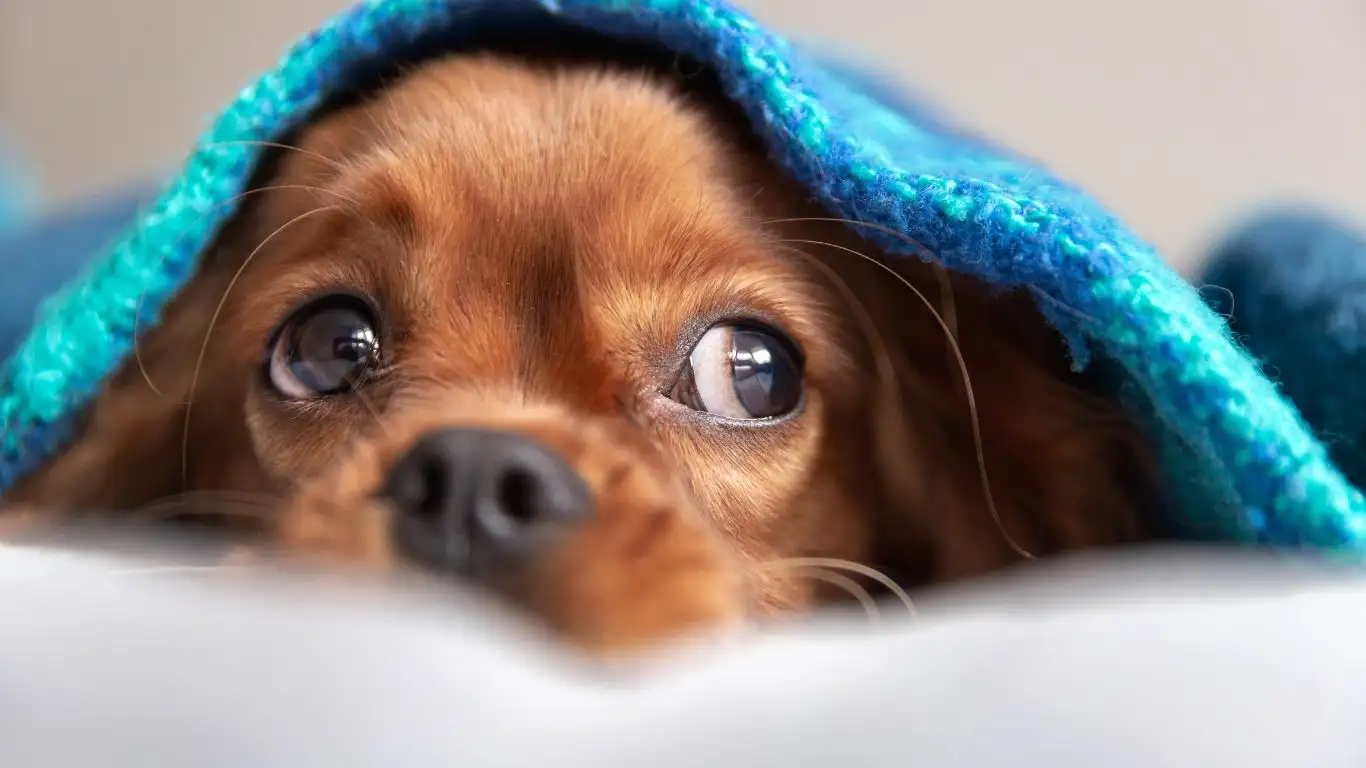
One of my favorite hacks for keeping dogs chill during cleaning is to designate a cozy, positive “cleaning zone” space where they can retreat. This is especially helpful for anxious pups who prefer distance from the action. It can be a crate, a bed in a quiet room, or even a baby-gated space where they have toys, chews, or a frozen treat puzzle to stay busy.
Tips for Making That Safe Space Work
- Start training with the space when it’s quiet. Let your dog associate it with positive experiences like treats, belly rubs, or naps.
- Use consistent cues like “go to your bed” or “chill time” — whatever feels natural to you — and reinforce with rewards.
- Keep it calm and predictable. If you only send them there when you’re stressed or in a hurry, they’ll learn to associate it with tension.
From my own experience, even high-energy dogs learn to appreciate a safe zone with enough consistency. One of my most hyper therapy dogs would bolt straight to her crate the second I said “clean up time,” tail wagging, ready for her peanut butter Kong while I vacuumed in peace.
Training During the Action: Real-Time House Cleaning Habits
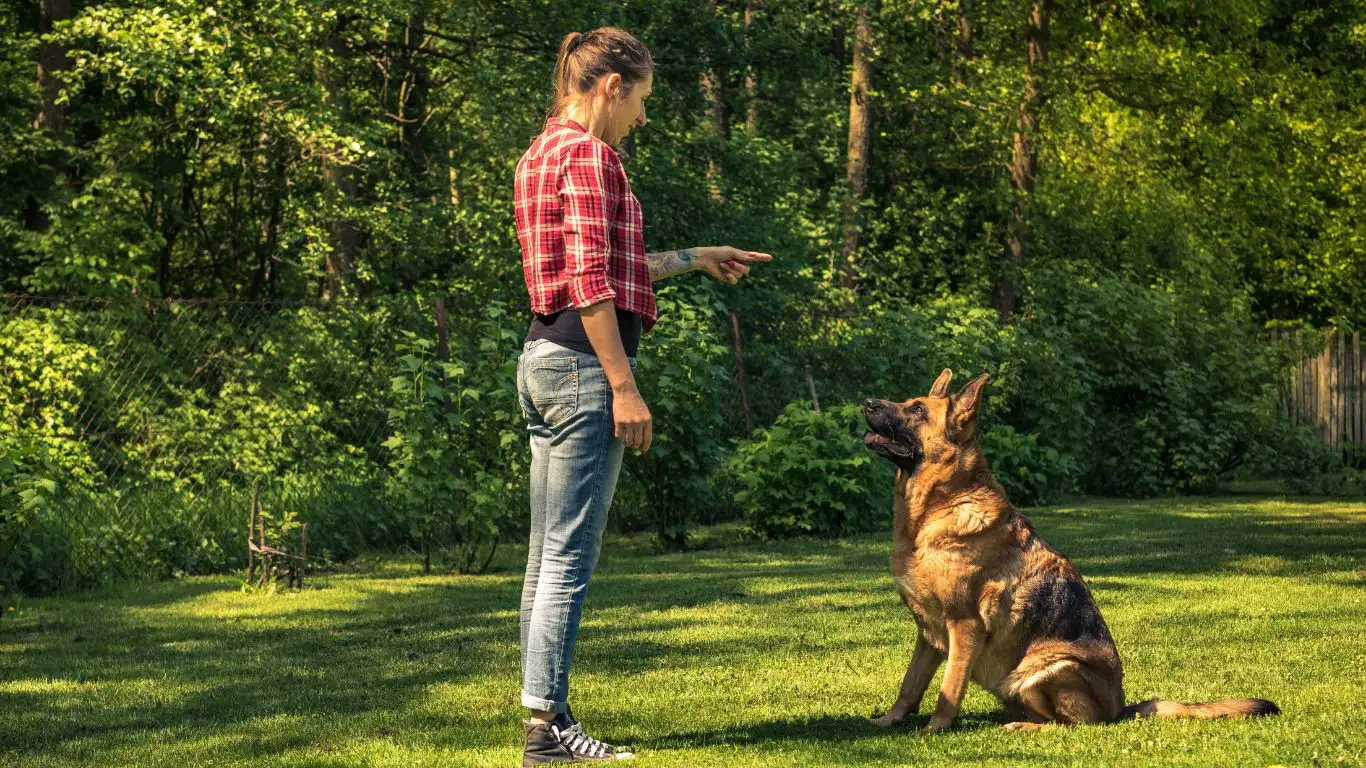
Okay, now let’s get into the good stuff — how to actually train a dog to behave during house cleaning *while* you’re in the middle of it. Because while prep work is essential, the real test comes when the vacuum roars to life, the mop sloshes, and you’re speed-wiping countertops like a tornado. The goal is to create structure your dog understands even when you’re distracted and busy.
In sessions with clients, I always remind them: you can’t expect perfect behavior during cleaning if you’ve never practiced it in real-time. Dogs don’t generalize as well as humans — just because they’re calm near a broom lying still doesn’t mean they’ll stay chill when it’s swishing around like it’s doing a TikTok dance.
My Go-To Cleaning Time Commands
- “Place” or “Mat” – Tells your dog to stay in a designated spot. Game changer for hands-free control.
- “Leave it” – Great for stopping those mop chasers in their tracks.
- “Stay” – Reinforces patience and reduces the urge to follow you everywhere with curious eyes.
I had a goofy lab mix named Boone in one class who thought cleaning day was the best time for tag. We taught “Place” with his dog bed, starting with short durations. Eventually, he could chill there for 20 minutes straight while his owner vacuumed around him — zero chasing, zero barking. All it took was consistency, patience, and a few hot dog bits.
Reinforce Calm Behavior With Rewards (And Timing Is Everything)
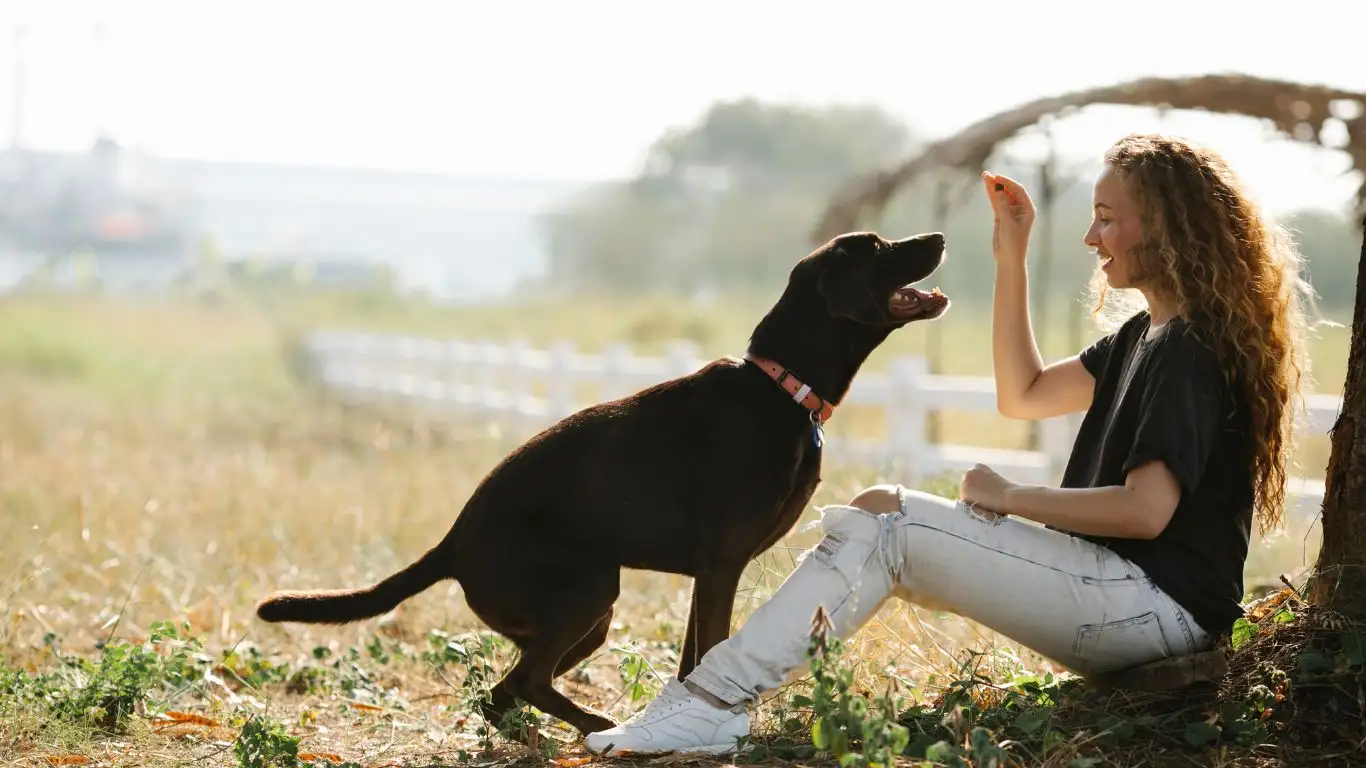
One of the easiest mistakes to make while training is rewarding your dog at the wrong time. I’ve seen owners praise their dog after they get up from “place” — oops. That reinforces the exact behavior we don’t want. What you want to do instead is reinforce *while* your dog is calm, still, and doing the right thing. Timing is everything.
Rewarding Calm: The Right Way
- Keep treats or kibble nearby so you can reinforce during cleaning without breaking the flow.
- Use calm praise — too much excitement can backfire and re-energize the dog.
- Reward randomly (once they know the behavior) to build endurance. Think of it like a slot machine — keeps ’em guessing.
In my own home, I stash little treat jars in the laundry room, kitchen drawer, and by the broom closet. That way I can casually toss my dogs a reward for staying on their beds while I clean — no big show, just steady, reliable reinforcement. It works like a charm, especially for stubborn pups who need a little extra motivation.
Addressing Cleaning-Specific Triggers (Like Vacuums, Sprays, and Mops)
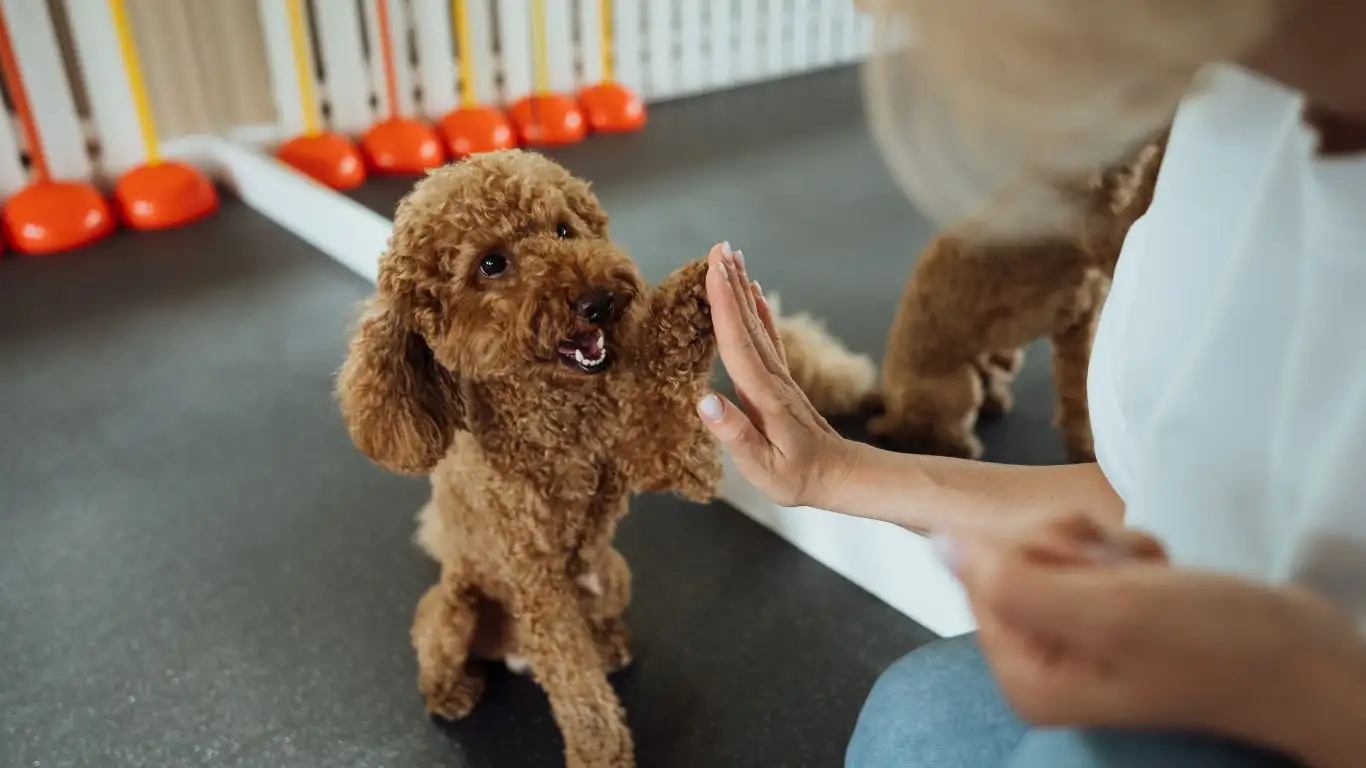
Some dogs don’t mind general movement but lose their minds over very specific cleaning triggers. If that’s your dog, you’re not alone. One of my past clients had a dachshund named Olive who was totally fine until she heard the spray bottle. Then it was full-on zoomies and panic.
For situations like this, we use what’s called trigger-specific desensitization. It’s all about breaking down the scary element into baby steps and pairing it with calm, good vibes.
Breaking Down Common Cleaning Triggers
- Vacuums: Try rolling it around silently before turning it on. Gradually increase noise exposure.
- Sprays: Use a spray bottle with water at a distance. Spray once, treat, repeat. Work up to cleaning sprays with scent.
- Mops or brooms: Move them slowly at first. Let your dog watch without engaging. Use “stay” or “place” and reward quiet observation.
It took a couple weeks of practice, but Olive eventually learned that the spray bottle wasn’t a threat. Her owner would give her a chew toy right before using it, and now the bottle comes out, and she trots to her corner happily — problem solved with patience and creativity.
Consistency Is Key (Even When It’s Inconvenient)
Here’s the honest truth: the hardest part of teaching a dog to behave during house cleaning isn’t the commands or the tools — it’s being consistent every time. And I get it — when you’re juggling work, errands, and trying to clean a bathroom while your dog plays mop rodeo, it’s tempting to just give up and “let it slide.”
But every skipped session or command sends mixed signals. If you want reliable behavior, you’ve got to stick to the structure. Keep your expectations clear, your tone calm, and your follow-through steady.
And don’t forget to give yourself (and your pup) some grace. Training doesn’t happen overnight. Some days your dog will nail it; other days, they’ll decide the broom is public enemy number one again. That’s okay. Progress isn’t linear — it’s layered, built through dozens of small, everyday moments.
Keeping It Real: What to Expect as Your Dog Learns
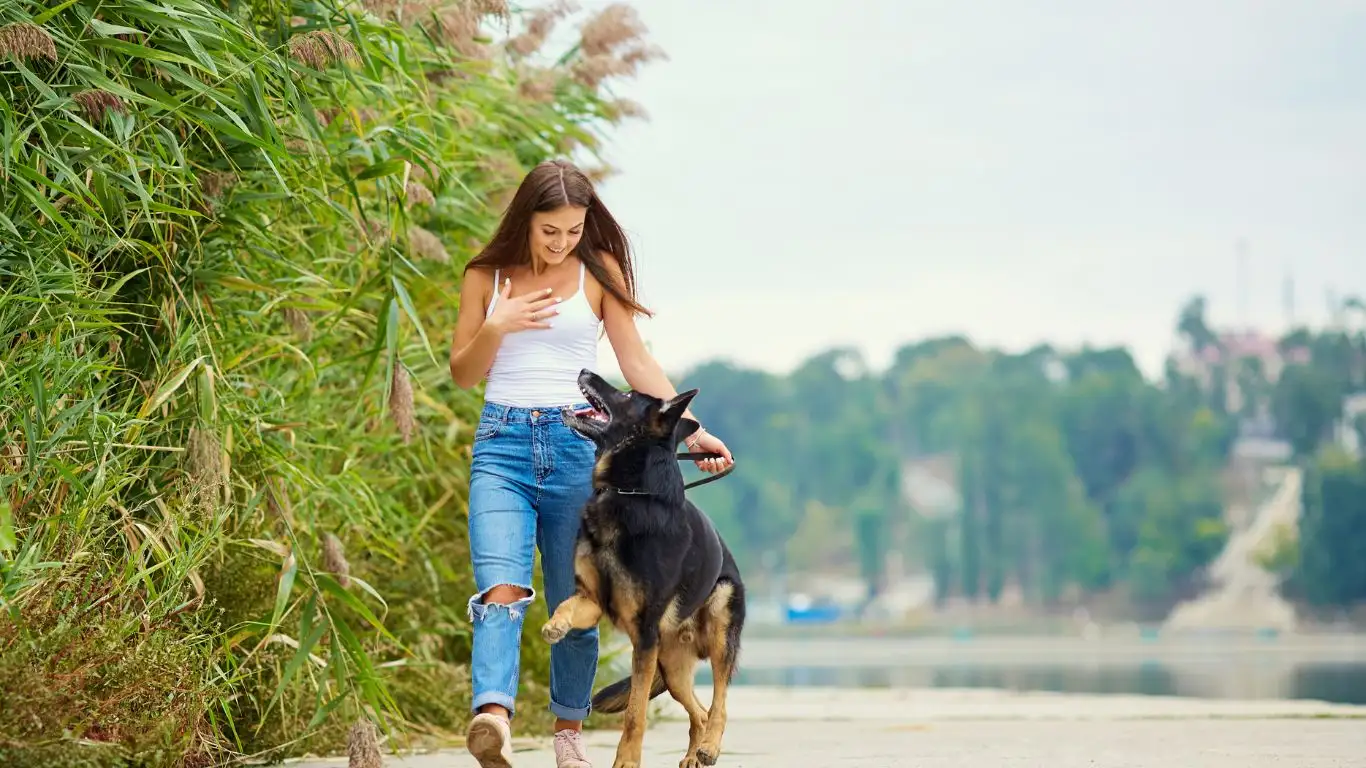
By this point, if you’ve been working on how to train a dog to behave during house cleaning, you’re probably starting to see little wins — fewer freakouts when the vacuum comes out, a bit more patience from your pup while you’re scrubbing floors. That’s worth celebrating! But let’s also keep it real: training isn’t always this perfect upward climb. Some days feel like breakthroughs, and others like you’re back at square one.
In my years of training, I’ve learned that the dogs who “get it” the fastest aren’t necessarily the smartest or calmest — they just have owners who keep showing up with patience, humor, and snacks in their pocket. So, don’t beat yourself up if your pup needs reminders or has off days. That’s normal. It’s not about perfection — it’s about progress, and connection.
Common Setbacks and What to Do About Them
- Regression: Maybe your dog was nailing “place” and now suddenly forgets. Go back to shorter sessions and more rewards — like a quick refresher course.
- New triggers pop up: You just introduced a steam mop and now there’s barking again. Use your original slow-intro methods and build up calmly.
- Your timing slips: Life gets busy. Just pick it back up tomorrow. It’s never “too late” to reset the routine.
I once trained a sweet rescue boxer named Nellie who was terrified of anything that rolled — vacuums, laundry carts, you name it. She made huge progress in the first month, but when her family switched to a new vacuum, the fear came rushing back. We had to start over, reintroducing it slowly like we did the first time. It was frustrating for her owners, but that patience paid off — two weeks later, Nellie was snoozing while they cleaned again.
Routine Is Your Secret Weapon
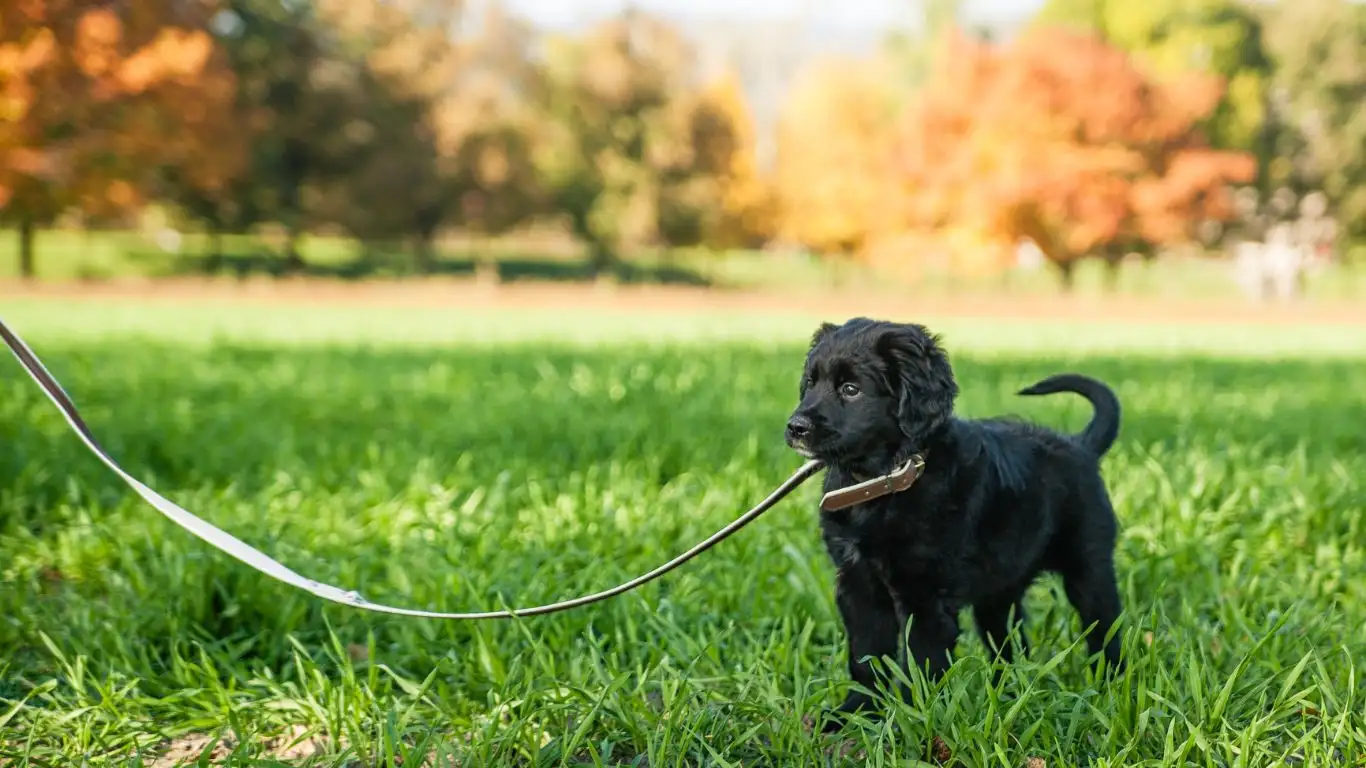
If there’s one thing I recommend to every dog owner, no matter the age or breed of their pup, it’s this: build a consistent cleaning routine your dog can count on. Dogs thrive on predictability. When they know what to expect, they relax. And when cleaning happens around the same time with the same structure, your dog can learn it’s just part of life — nothing to get worked up about.
Tips for a Dog-Friendly Cleaning Routine
- Clean at the same general time each week, if possible. Even if it’s a rough window like “Saturday mornings.”
- Give a cue or signal before starting (I say “clean up time” in a cheerful voice and grab the treat jar).
- Start with short cleaning sessions and gradually increase the time you expect calm behavior.
- End with something your dog enjoys — a walk, fetch session, or cuddle on the couch. It makes the whole thing feel worth it to them.
One of my senior therapy dogs, Luna, actually learned to love cleaning day because it always ended with a peanut butter lick mat and a nap in the sunroom. For her, the vacuum meant good things were coming — not something to be afraid of.
When to Ask for Help (And That’s Totally Okay)
There’s no shame in reaching out for support if your dog’s anxiety or behavior is more than you can comfortably handle. Some dogs have noise sensitivities, trauma histories, or just quirky personalities that make it harder to manage certain situations without professional guidance.
Reach out to a certified positive reinforcement trainer — preferably someone experienced in behavior modification. I’ve seen amazing turnarounds when owners get the right support. Sometimes all it takes is a fresh set of eyes to spot what’s missing.
Signs You May Need Extra Help
- Extreme fear responses — hiding, shaking, trying to escape
- Aggressive behavior toward tools or people during cleaning
- Regression despite consistent training and reward-based techniques
Just know that getting help isn’t failure — it’s the smartest thing you can do for your dog’s well-being and your own peace of mind.
References
Disclaimer
This article is for informational purposes only and is based on my personal experience as a Canine-Assisted Therapy Trainer. Always consult with a certified professional trainer or veterinarian if your dog exhibits signs of severe anxiety, aggression, or distress. What works for one dog may not work for another, so training approaches should be adapted to your dog’s unique needs.
